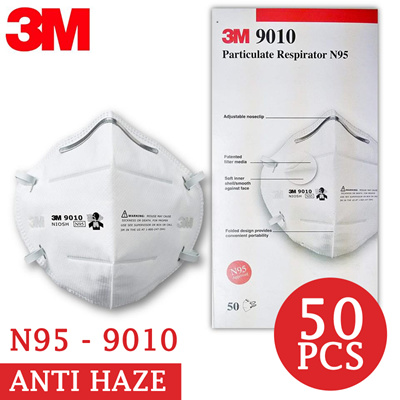

At the end of 2020, the Times noted in in its earnings report that declines in revenues from pandemic-quashed live events were “partially offset by higher Wirecutter affiliate referral revenues” “other” revenue for the year totaled about $195 million, and it’s safe to say a lot of that came from affiliate links in reviews for masks, thermometers, and other Covid supplies. In Times earnings statements, Wirecutter affiliate revenue is reported in the “Other revenue” category, lumped in with things like syndication, licensing fees, and events while it isn’t usually broken out separately, it’s clear that the affiliate revenue has propped the category up. By 2018, Wirecutter was making more than $20 million a year for the Times. Since the acquisition, the Times has reported increases in revenue from Wirecutter almost every quarter.

As advertising rates continue to tumble, affiliate fees could end up underwriting more and more media businesses.” As David Carr explained in The New York Times all the way back in 2012, “The vast majority of its revenue comes from fees paid by affiliates, mostly Amazon, for referrals to their sites. The Times acquired it from founder Brian Lam (also known as the Gizmodo editor-in-chief who got his hands on an iPhone 4 months before it was officially announced) for around $30 million in 2016 at that point, it was getting around 5 million pageviews a month and driving at least $150 million in e-commerce transactions each year.
#The wirecutter masks free#
For now, “readers will get 10 free Wirecutter articles a month before being asked to pay for a subscription,” the Journal noted. It will continue to be included with Times all-access digital subscriptions. That’s the same price as other Times standalone products like Cooking and Games. Now it’s getting monetized further: Wirecutter, which now is going behind the Times’ metered paywall, The Wall Street Journal reported and Times confirmed Tuesday.Īs of Wednesday, a standalone Wirecutter subscription will be $5 a month or $40 a year. "All of this cleaning will ensure you can use your N95 and KN95 mask for longer.Wirecutter, the 10-year-old shopping recommendations site that The New York Times bought five years ago, has already made the Times a lot of money. Others will store it outside in the heat to kill off any germs and keep it dry," Gastaldo said. "Lots of people will store their mask in a brown paper bag to keep it away from dirt and germs on surfaces. The N95 masks can also be steamed and boiled if the plastic straps are not exposed, it's not recommended to use soap or water to clean the mask.

It recommends hanging the mask in your oven using a wooden or plastic clip. Heating is one of the best strategies for cleaning an N95 mask, according to the CDC – the mask can be heated at a maximum of 158 degrees Fahrenheit for 60 minutes. The CDC said each time you wear and take off your N95 mask the straps weaken and eventually they won't be able to “generate enough force to create a tight seal with the face.” How should you store your masks? If you have three masks, (for example), you could number them and switch them around.”Īssoumou added you can catch signs of when to throw out your N95 or KN95 mask such as “fraying, stretched out straps or a deterioration of the mask.” “For an N95, we’d recommend you switch (the mask) every day,” Assoumou told USA TODAY.

Sabrina Assoumou, an infectious disease physician at Boston Medical Center, echoed Gastaldo's recommendation. Gastaldo said sanitizing your hands before touching the mask is crucial and storing them outside or "in heat" will help keep the mask dry and clean. "If you're rotating your masks, washing your hands and storing them well, you can get five to a little bit more uses with them," Gastaldo said. Joseph Gastaldo, a physician who specializes in infectious diseases with OhioHealth told USA TODAY he recommends each person purchase a pack of N95's and rotate when they wear each mask.


 0 kommentar(er)
0 kommentar(er)
